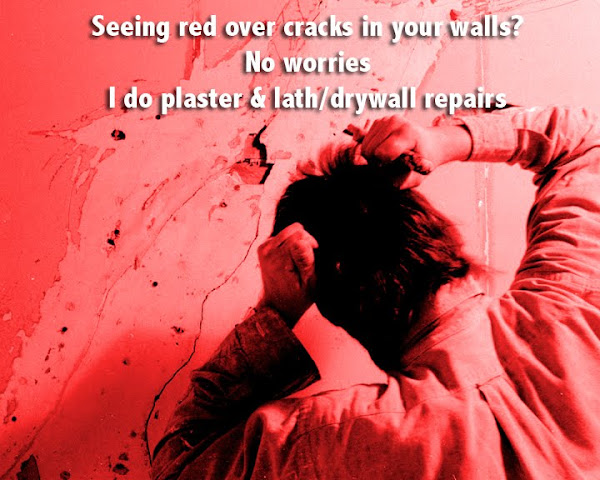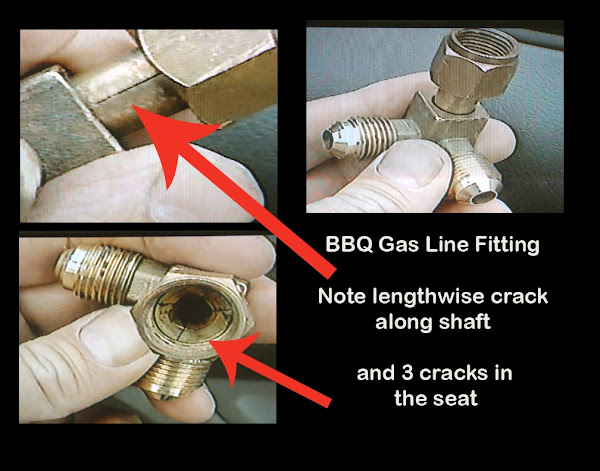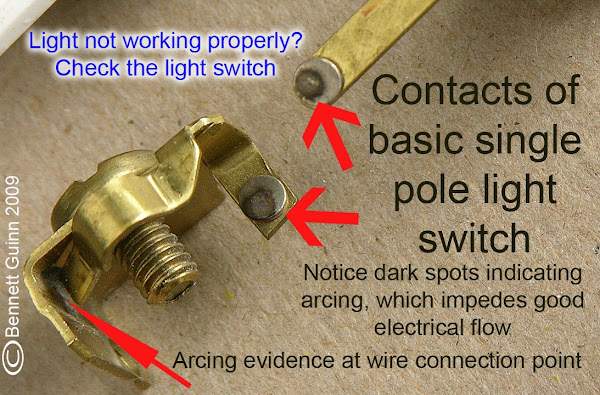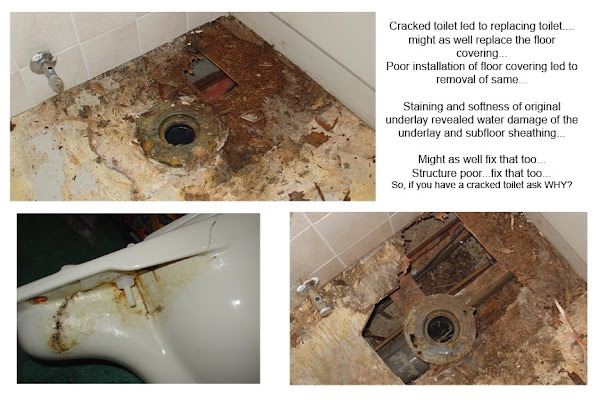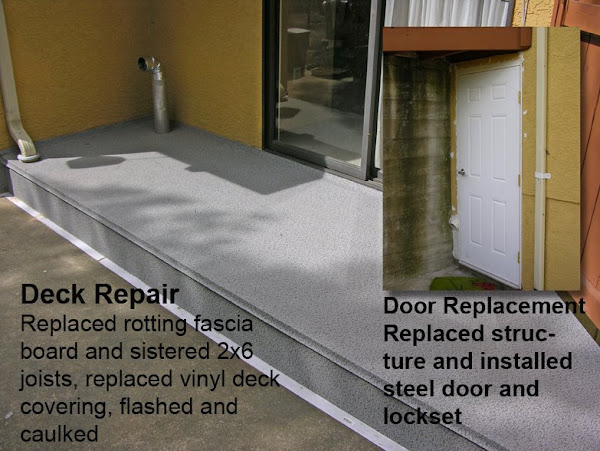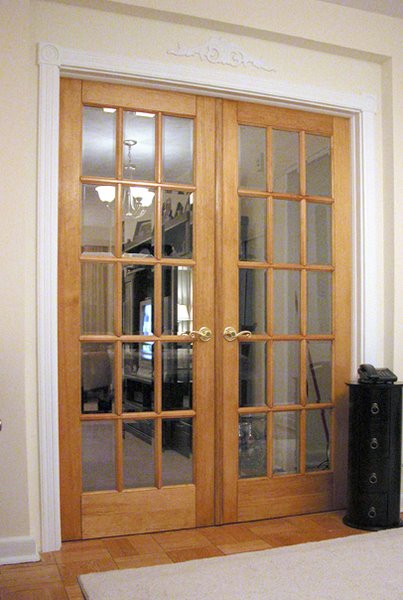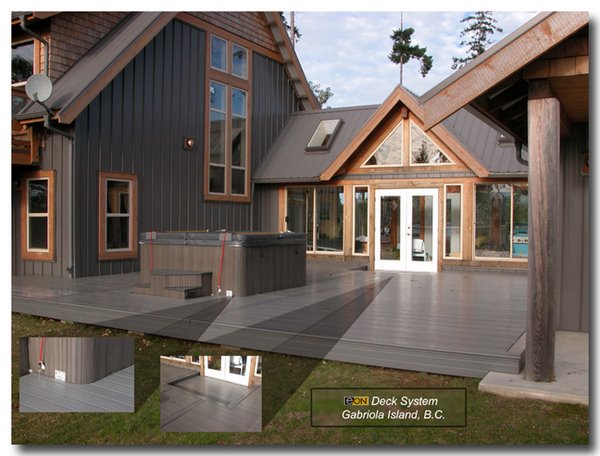A lot of attention has been paid to issues around mold in recent years. Like the algae which grows on exterior surfaces, mold is a plant and requires moisture and food to survive. Most conditions supporting mold can be found around water systems in the house: kitchen, bathroom, laundry and basements.
One small dripping leak over time can lead to extensive, and in many cases, invisible mold growth.
So, if you have a leaking faucet or a musty smelling basement, Start looking for the telltale signs of mold: powdery black stains around pipes and lower areas on walls.
If caught and rectified in time, mold isn't a big deal but if the underlying issues causing it are not addressed, you will be faced with big problems later. According the Mike Holmes (Holmes Inspection TV show), if mold exceeds 100 square feet, this is unsafe and requires a professional mold abatement contractor to remedy it.
Many new products have come to market to address and prevent mold. Georgia Pacific's DenShield is a product I really like. It looks like drywall but outperforms concrete backer board, used traditionally for tiling in bathrooms. According to it's brochure, DenShield is more waterproof than concrete board and because it will not wick water, mold doesn't have a chance to grow.
Other products to consider are blueboard and bluewood, designed to thwart mold.
Of course, prevention is key to having a mold issue cropping up. If you are renovating a basement, consider how sound the foundation walls are. If they are brick, rock or cinder block, chances are good there could be water migration into the basement, even if you don't see it. A damp cool basement wall is ideal growing environment for mold. Don't waste any money on finishing such a basement until the water issue has been addressed.
Monday, October 10, 2011
Wednesday, October 5, 2011
Protect Your Metal Possessions
Patio furniture, wrought iron fences and automobile maintenance
Due to our high-humidity environment, any ferrous metal exposed to the elements can rust. Cars can rust from inside out due to condensation.
I've been using a metal conditioner for years which is effective at stopping rust in its tracks and if used as a preventative measure, can prevent rust and prolong the life and strength of your metal possessions.
Some patio furniture is made of hollow metal tubing which is usually painted but the interior of the tube may not be. Condensation or rain which collects in these can cause them to rust from the inside out. Look for small holes in the tubing and inject the conditioner liberally.Spray the conditioner on the exterior too, as an added layer of protection.
One product I use which offer these benefits is Rust Check, available at many automotive outlets.
Labels:
cars,
conditioner,
maintenance,
metal,
Rust
Subscribe to:
Comments (Atom)

